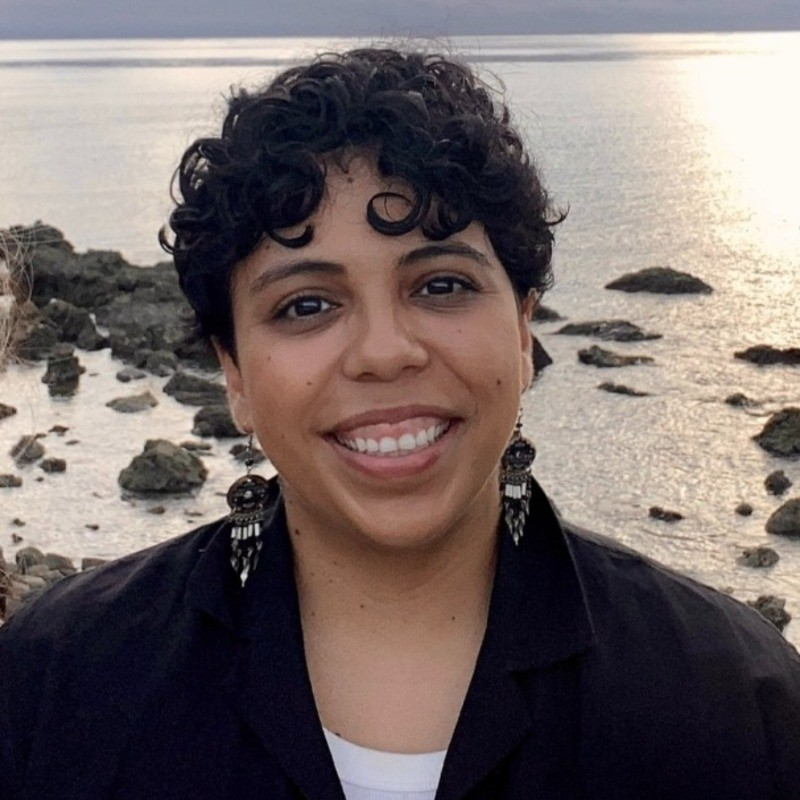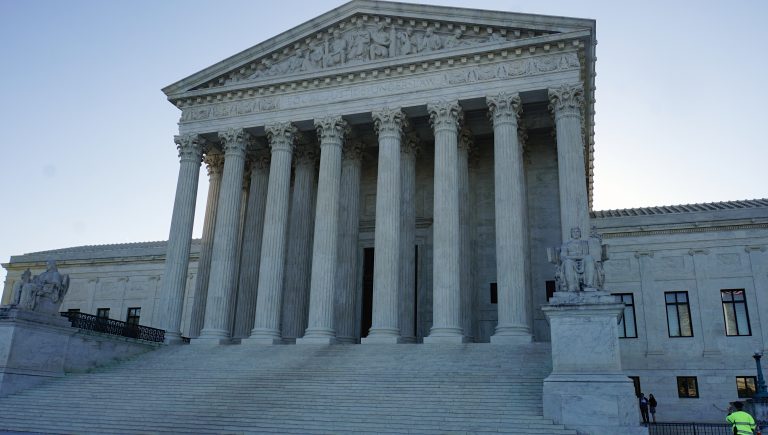How Inclusive Learning Transforms Lives | Interview with Instructional Designer Genesis Alvarenga

Learning doesn’t stop after high school. We keep learning throughout our lives, whether informally through hobbies, or formally through community college, work training, or online platforms. In fact, research shows that 73% of adults consider themselves lifelong learners. But have you ever wondered what goes into creating formal learning experiences, and why it’s important that they are inclusive?
Instructional designer Genesis Alvarenga is dedicated to creating equitable, impactful, and accessible learning experiences. Through her work, she supports the needs of learners in higher education. We spoke with her to learn how inclusive Instructional Design can make students’ experiences more fair and just.

What is instructional design and how does it relate to inclusivity?
Instructional design is a systematic approach to creating effective learning experiences across various sectors. According to a 2024 report, 61.6% of instructional designers work in corporate settings, with the rest in education, healthcare, government, and nonprofits.
“In higher education, I collaborate with faculty to design accessible, inclusive courses that meet students’ diverse needs,” Genesis explains. She uses specialized frameworks like ADDIE to create courses that are well-structured, engaging, and aligned with educational goals. And, to make them inclusive, Genesis implements strategies like Universal Design for Learning, which helps create flexible and purposeful learning environments.
“I [also] focus on accessibility compliance with WCAG standards, offering captions, alternative text, and screen reader compatibility,” she says. Another priority for her is incorporating culturally relevant examples and avoiding biases so course content reflects diverse identities.

What are the impacts and challenges of inclusive instructional design?
One standout project for Genesis was a financial literacy course aimed at recent Latina college graduates. “By including bilingual resources, culturally relevant examples, and accessibility features like closed captions, the course was more relatable, accessible, and effective for the audience,” she shares. Feedback from learners revealed they felt “seen and empowered,” which boosted their confidence in managing finances.
However, tight budgets and deadlines often complicate fully complying with accessibility. To address this, Genesis builds awareness and works with others to make sure even such projects can be inclusive. “I prioritize key accessibility features like captions and descriptive transcripts, while advocating for and explaining the importance of inclusive instructional design for everyone,” she says.
Why does this work matter?
“Inclusive instructional design ensures all students, regardless of their backgrounds or abilities, have equitable access to learning opportunities,” Genesis explains. “This fosters a more diverse and empowered student body, which prepares them to contribute to a more just society.” Additionally, by training faculty to use inclusive teaching strategies, she creates a ripple effect that inspires empathy and equity in academic and professional spaces.
Genesis’ dedication to inclusive instructional design shows how thoughtful course creation can transform the lives of both higher education students and instructors. Check out our article on how encouraging diversity in K-12 education can have a similar impact.





